Special Report
Countries Doing the Most to Protect Endangered Animals
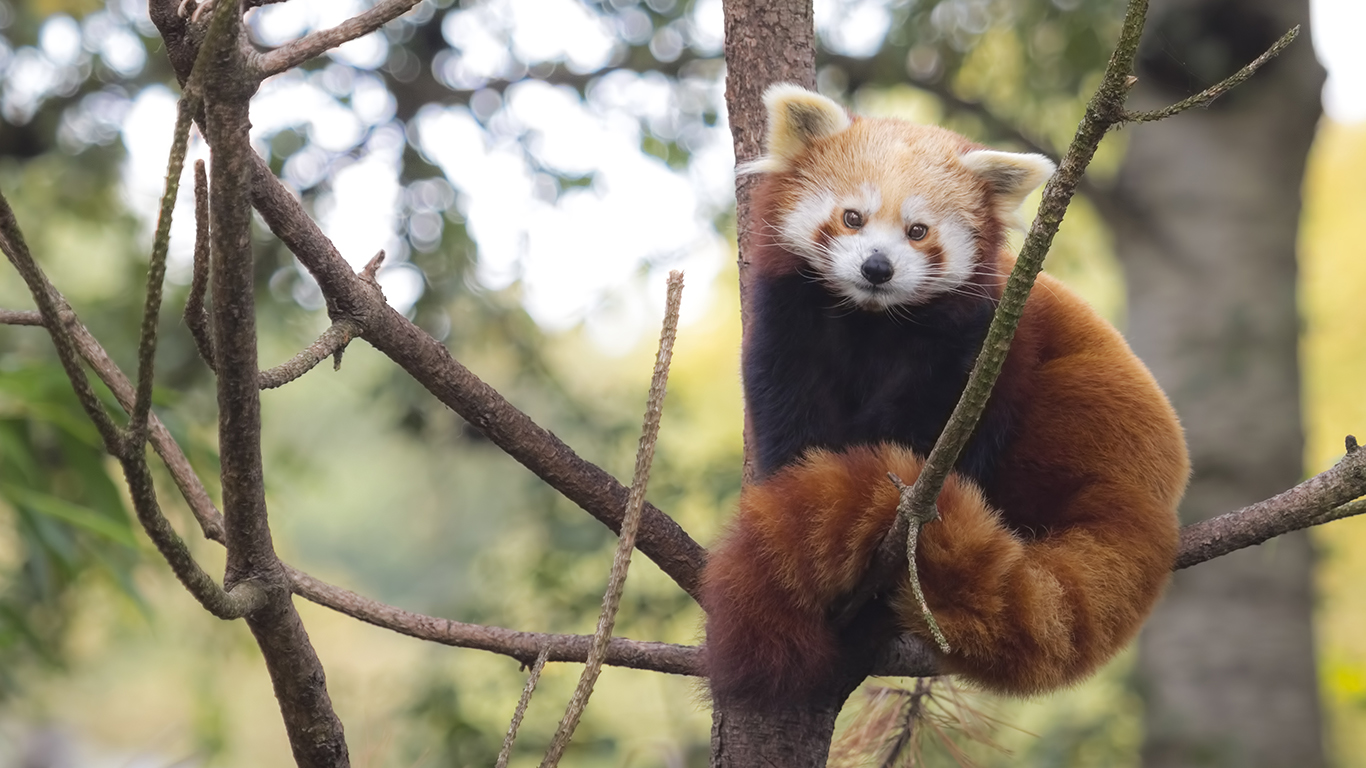
Published:
Last Updated:

The world is becoming more aware of the vulnerability of animals, mostly because of the excesses of humankind that lead to habitat degradation, pollution, overfishing, and of course, climate change. These are the animals that could go extinct due to climate change.
Some nations are more proactive in addressing these concerns about animals than others. 24/7 Tempo has compiled a list of 17 countries that are doing the most to protect animals — domesticated, wild, and endangered. We compiled our list based on data supplied by the Animal Protection Index, which classified 50 countries based on their commitments to protect animals and improve their welfare in policy and legislation. The United States received a grade of D from the API and is not among the 17 nations on the list. We also reviewed data from the International Union for Conservation of Nature to find at-risk animals in a particular nation.
To recognize the plight of animals, 28 European nations have created Natura 2000, a web of breeding and resting areas for endangered and rare species. The intention is to ensure long-term survival of Europe’s most at-risk species. Individual European nations are taking specific legislative actions to protect animals found in their countries.
Outside of Europe, Brazil, which is home to some of the world’s largest rainforests, has passed laws protecting animals used in farming and scientific research. Asian nations such as the Philippines and Malaysia have taken initiatives to shield animals within their borders. Even so, animals such as the Sumatran rhinoceros in Malaysia are in danger of going extinct because of habitat degradation and poaching. These are animals humans are driving to extinction.
Click here to see countries doing the most to protect endangered animals.
This first publication of the Animal Protection Index (API) provides ratings of 50 countries in how they treat animals. The API selected these nations using statistics published by the Food and Agriculture Organisation of the United Nations in its Statistical Yearbook for World and Agriculture 2012 from the countries that are the largest producers of beef, poultry, pork, sheep and goat, milk, and eggs. Each country’s assessment was broken down into 15 unique indicators grouped into five themes: Recognizing animal protection; governance structures and systems; animal welfare standards; providing humane education; and promoting communication and awareness.
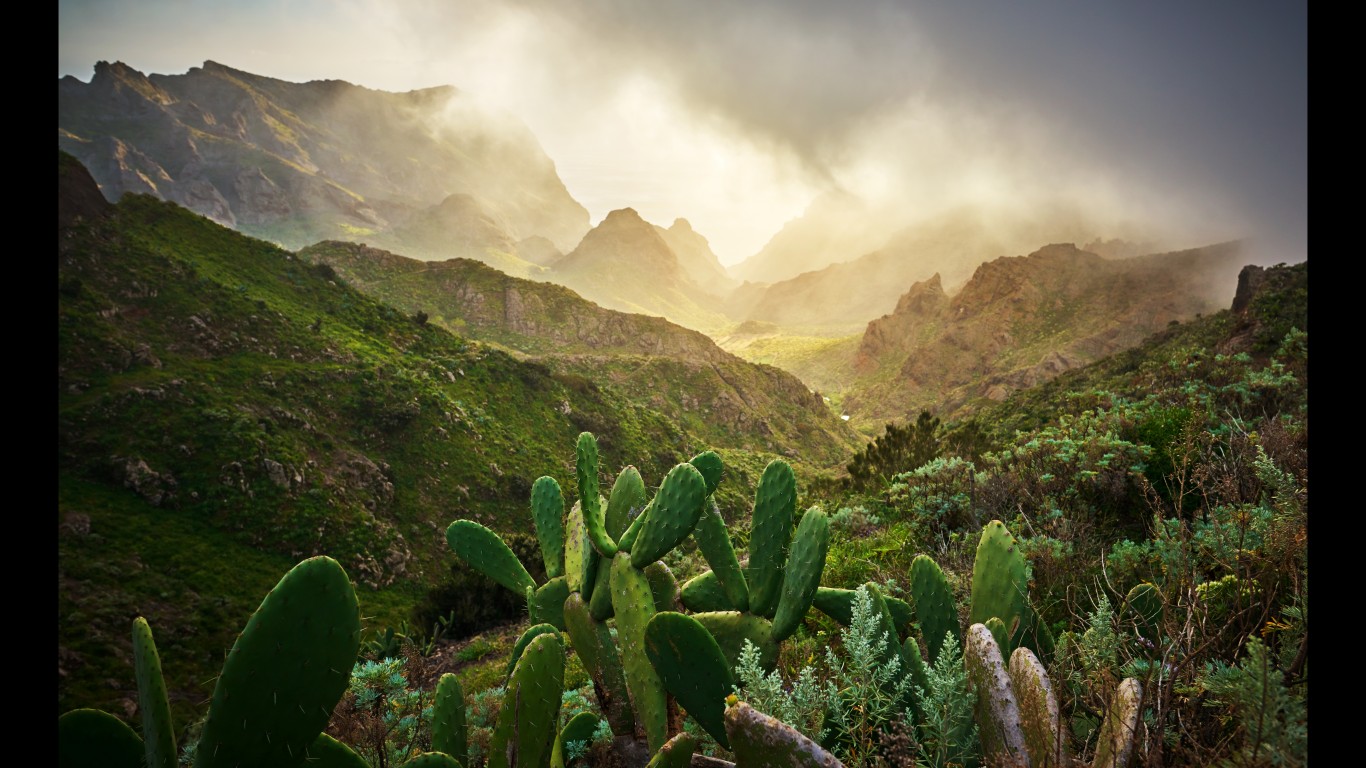
Spain
> Animal Protection Index grade: C
Spain has passed laws buttressing the World Organization for Animal Health’s principles protecting animal well-being. This includes legal support for standards for transportation and slaughter of animals, as well as how animals are used in scientific research. The API says there is little indication that Spain is reaching its targets for monitoring animal welfare. Among the animals endangered in Spain is the Iberian lynx and a lizard species called the Spanish algyroides.
[in-text-ad]

Poland
> Animal Protection Index grade: C
Poland’s laws impose penalties on people who deliberately inflict, mutilate, cause suffering or overwork animals. The country is also prohibits keeping animals in substandard living conditions or cages that restrict movement. Animals are also protected from scientific experimentation that causes pain and suffering. Species considered threatened in Poland are found mostly in forests, grasslands, and wetlands. Among the species considered vulnerable are six species of butterflies and four species of saproxylic beetles.

Philippines
> Animal Protection Index grade: C
The Philippines has laws ensuring the physical and psychological well-being of animals, who are defined as all terrestrial and aquatic animals. Provisions in the animal protection laws say destruction of habitat is a form of animal cruelty. Philippine law makes it unlawful for anyone to torture, mistreat, or kill an animal. Certain religious practices that include ritual sacrifice of some animals is permitted as well as cockfighting under gaming regulations. The white shark and three-spot seahorse are considered vulnerable according to the IUCN.
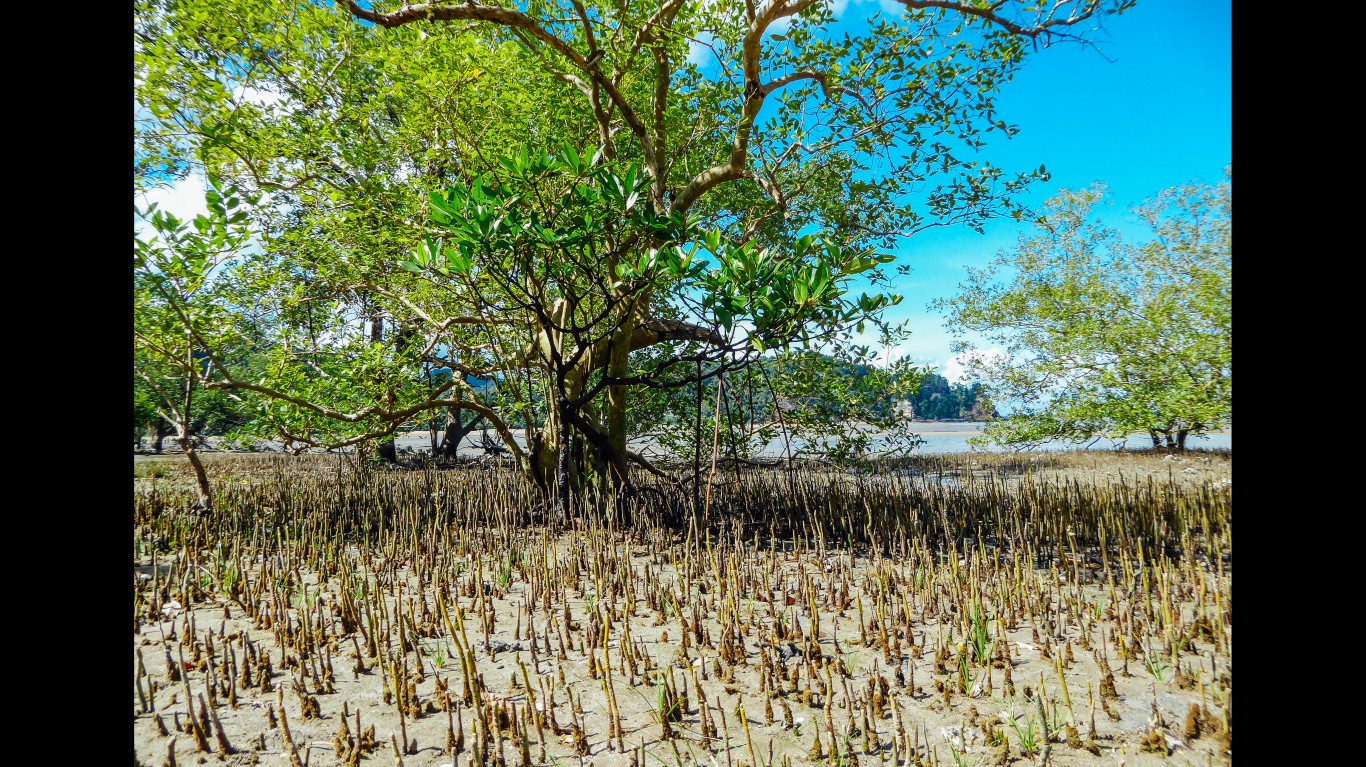
Malaysia
> Animal Protection Index grade: C
Malaysia imposes penalties such as fines and even imprisonment on those who cause animal suffering. The Asian nation also has legislation protecting animals in captivity and has strong penalties for unlicensed hunting of wild animals. The API said there is little indication that the country is making progress in reaching stated goals on protecting animals. Among the endangered animals in Malaysia are the Malaysian giant turtle and the large-spotted civet, a mammal threatened because of habitat degradation.
[in-text-ad-2]

Italy
> Animal Protection Index grade: C
Strong anti-cruelty legislation protecting pet animals and stray dogs earned Italy an A in protection of companion animals. The European nation also closely regulates experiments on animals in scientific research as well as protects farm animals. The IUCN said there are 161 threatened species in Italy, 138 terrestrial and 23 marine. Terrestrial animals are threatened because of habitat loss and pollution. Marine species are at risk because of accidental deaths, according to IUCN.
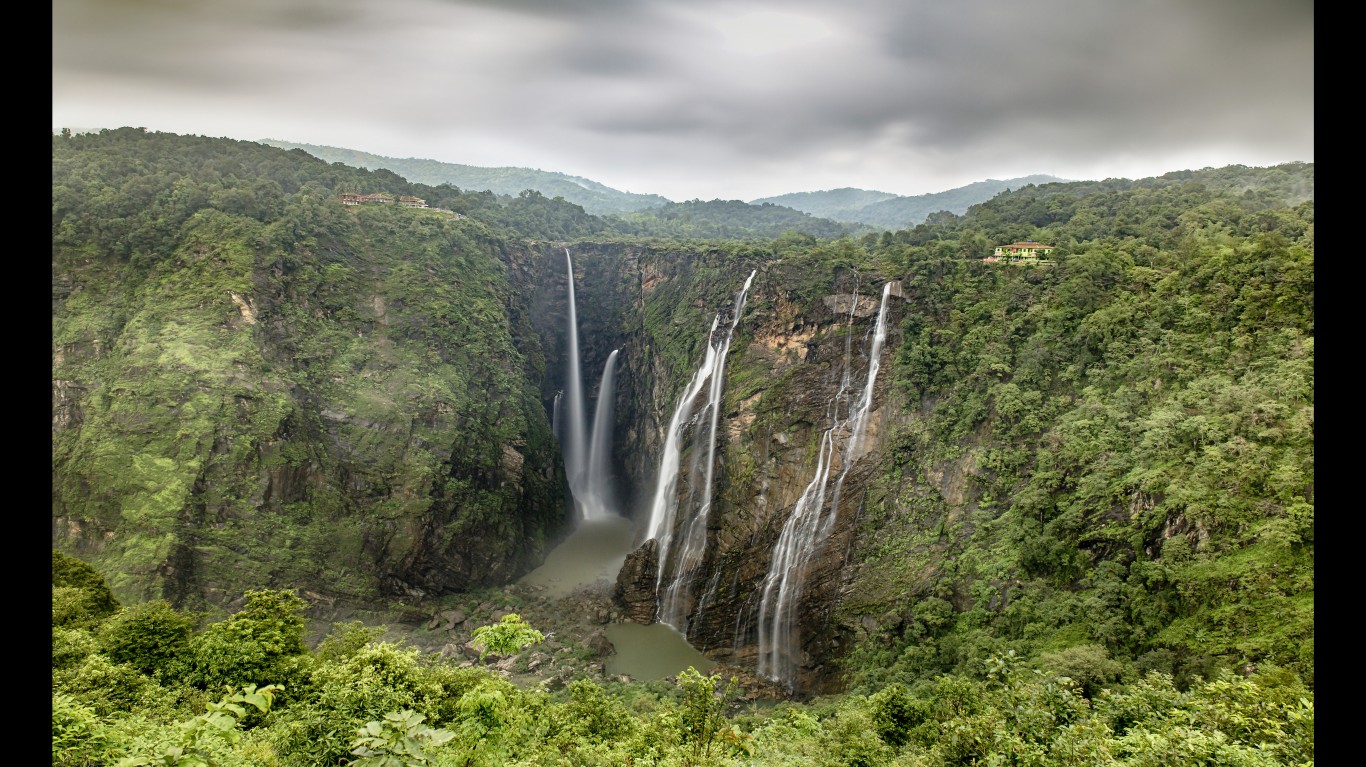
India
> Animal Protection Index grade: C
India has taken steps to protect animals in captivity and companion animals. The country established legislation to protect animals with 1960’s Prevention of Cruelty to Animals Act. Still, the API has raised concerns over the implementation and enforcement of laws aimed to protect animals. The organization also cites cultural and religious barriers to improving animal well-being. Among the critically endangered animals found in India on IUCN’s red list are the Himalayan brown and red bears, Kashmir stag, Sumatran rhinoceros, and the red panda.
[in-text-ad]
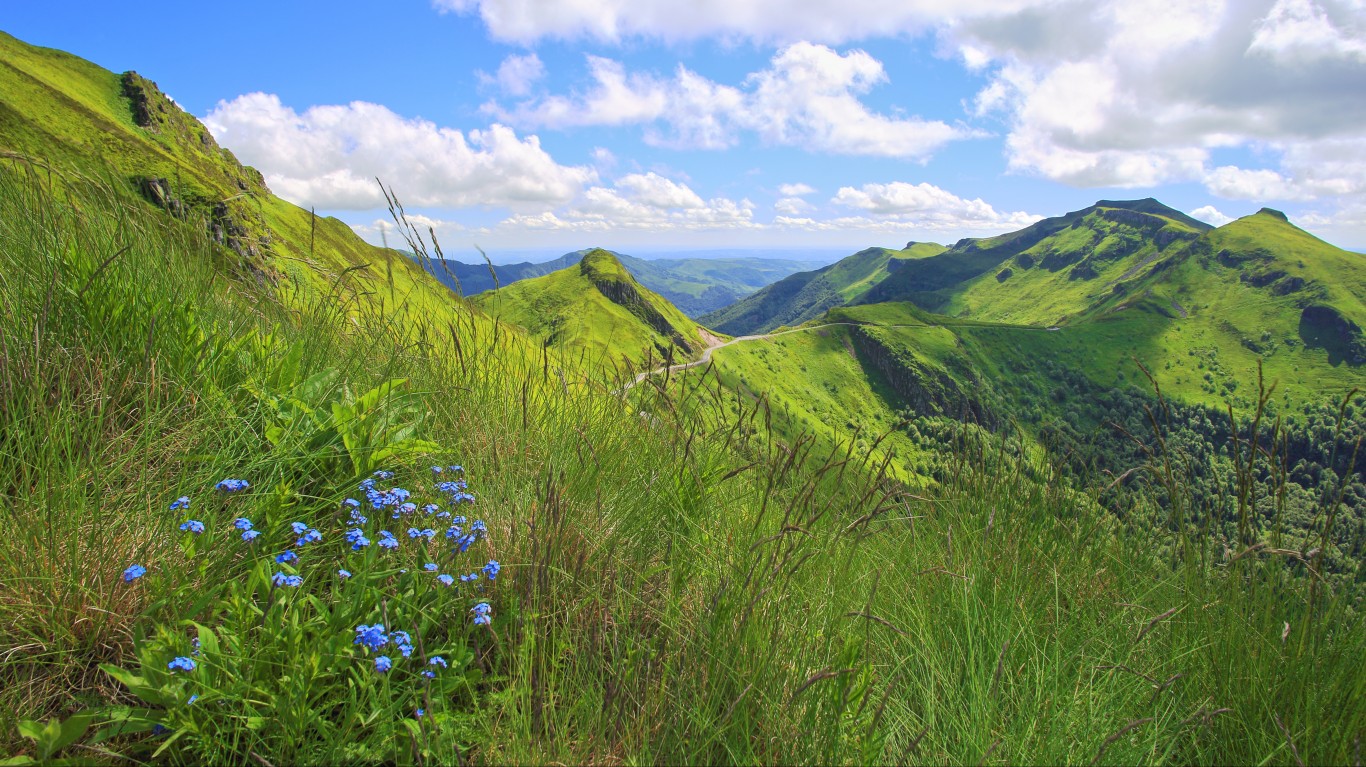
France
> Animal Protection Index grade: C
France has laws protecting animals used in farming, those in captivity, companion animals, animals used in scientific research, and emphasizes government accountability for animal welfare. There are animal protection laws in France that identify some animals as sentient, meaning they are able to feel, perceive, or experience subjectively.
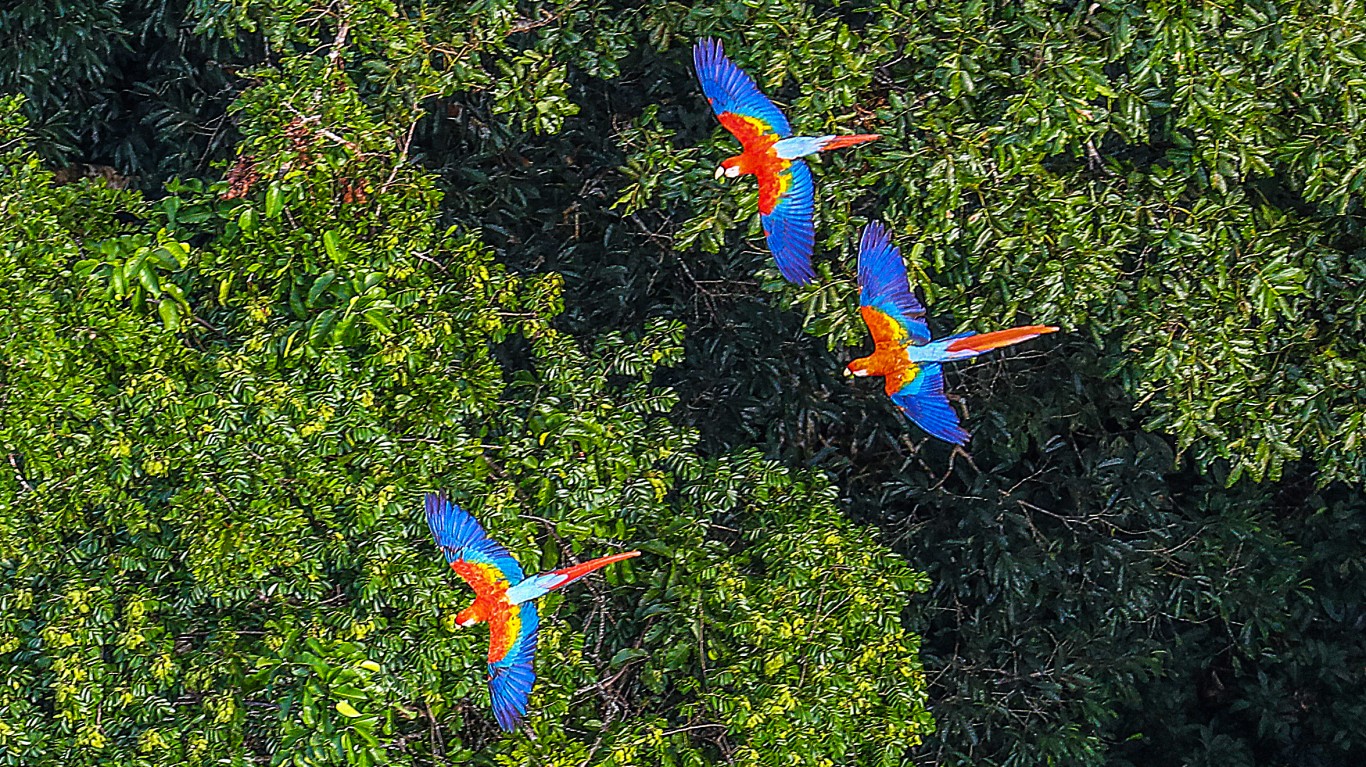
Brazil
> Animal Protection Index grade: C
Brazil, South America’s largest nation, was acknowledged for protecting animals used in farming and scientific research, and of government accountability for animal welfare. The country that is home to some of the world’s largest rainforests, has discrete legislation to protect animals during rearing, transportation, and slaughter. Zoos in Brazil have been scrutinized for not meeting animal-protection requirements following reports that animals died in captivity. There is no national school curriculum for animal care and protection. Among the animals endangered in Brazil is the Araripe Manakin, which is a critically endangered bird.
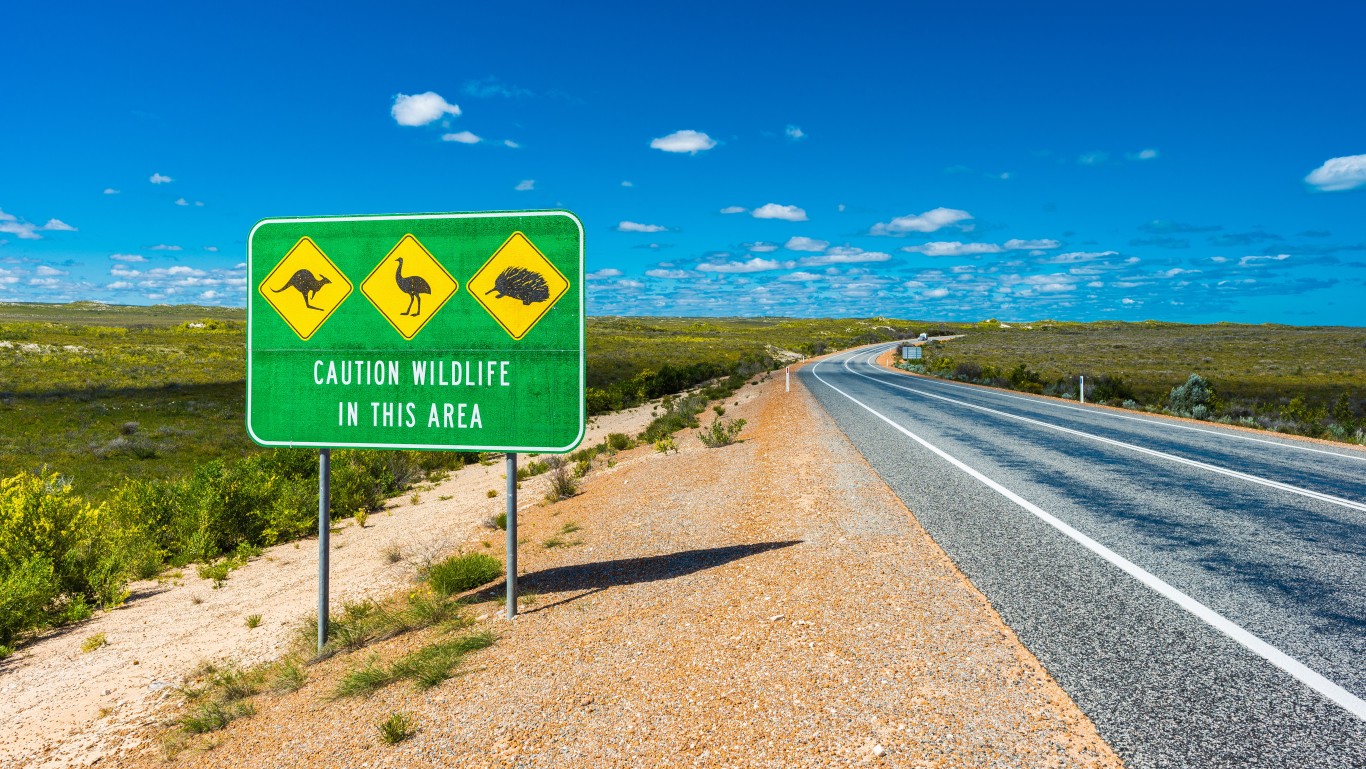
Australia
> Animal Protection Index grade: C
Of the 15 unique categories considered by API, Australia got one top mark in the category of protecting animals used in research. Based on government guidelines, Australia promotes the ethical, humane, and responsible care and use of animals used for scientific purposes. Australia faltered in education on animal care — API said there is no nationally compulsory subject in Australian schools for children to learn about animal care and protection. The conservation group Animals Australia is spearheading efforts to protect Australia’s endangered species, including wombats, sea turtles, and the aquatic mammal dugong.
[in-text-ad-2]

Netherlands
> Animal Protection Index grade: B
Of the 15 discrete indicators the API assessed in each country, the Netherlands earned seven top marks, including formal recognition of animal sentience; laws against causing animal suffering; and protecting companion animals and animals used in scientific research. Among the vulnerable animals within the borders of the Netherlands are several shark and ray species that are either critically endangered or threatened. The Netherlands received lower grades in education on animal care and protection and engagement with the World Organisation for Animal Health.

Germany
> Animal Protection Index grade: B
Germany received its highest marks from API in formal recognition of animal sentience; laws against animal suffering; and protecting animals used in farming, as companion animals, and in scientific research. Provisions of the German Animal Welfare Act regards animals as fellow creatures and states that no person may cause an animal pain, suffering, or harm without good reason.
Among Germany’s most threatened mammals are the European mink, European Otter, and the Garden Dormouse, all of which are threatened because of loss of habitat.
[in-text-ad]
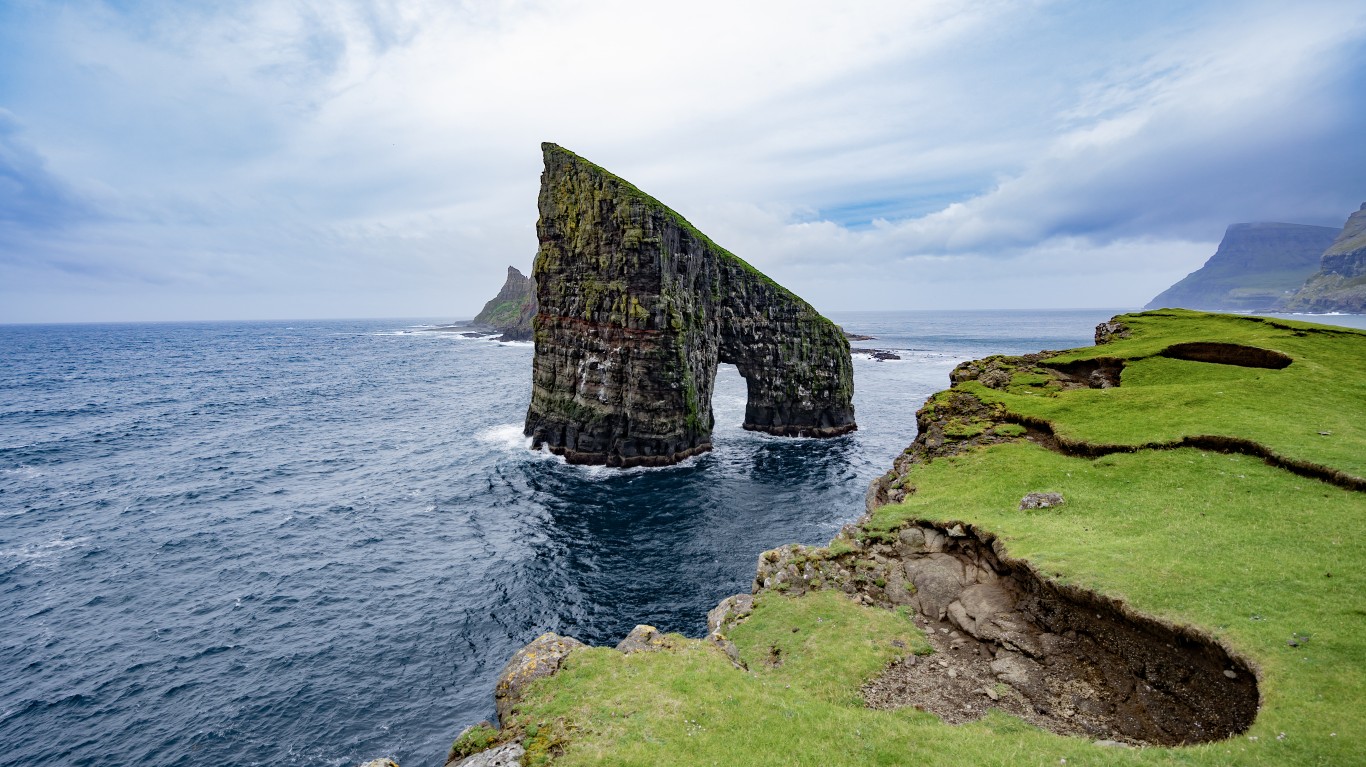
Denmark
> Animal Protection Index grade: B
The Scandinavian country scored well in regard to laws against causing animals suffering and protecting animals used in farming and scientific research. The government has embarked on an initiative called the Danish Nature Policy – Our Shared Nature, a biodiversity strategy that aims to halt the loss of diversity in the natural environment by 2020.
Endangered species in Denmark include butterflies, amphibians, and birds. At-risk species face problems, including habitat degradation, because of overdevelopment and use of excessive nutrients.
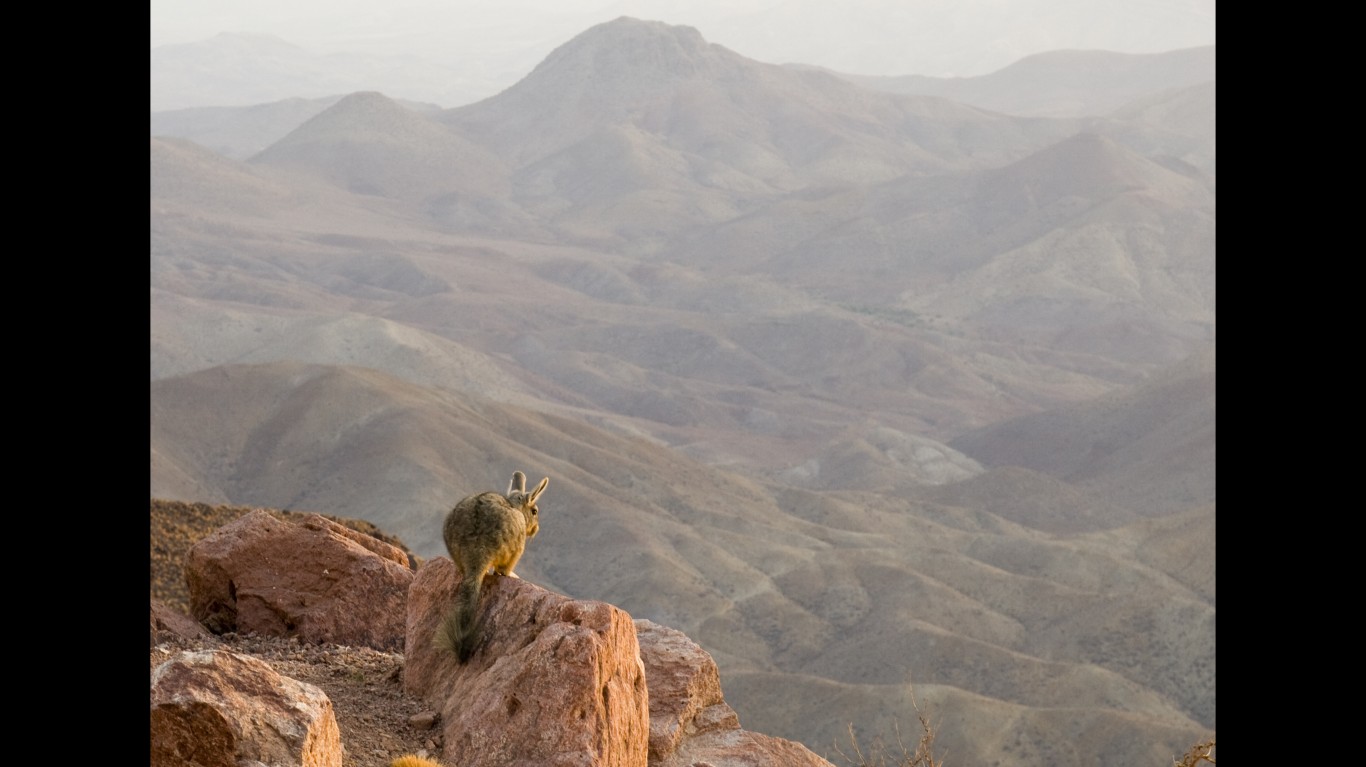
Chile
> Animal Protection Index grade: B
The South American country was cited for its support for the universal declaration on animal welfare (UDAW) and protecting animals used in farming. API said Chile’s government has expressed support for the UDAW to work with other nations to improve the welfare of animals. Laws to protect animals on farms were first passed in 2009.
Many of Chile’s endangered species are mammals like short-tailed and long-tailed chinchillas, river otters, and Pacific Degus. Chile has put in conservation laws to protect these animals.
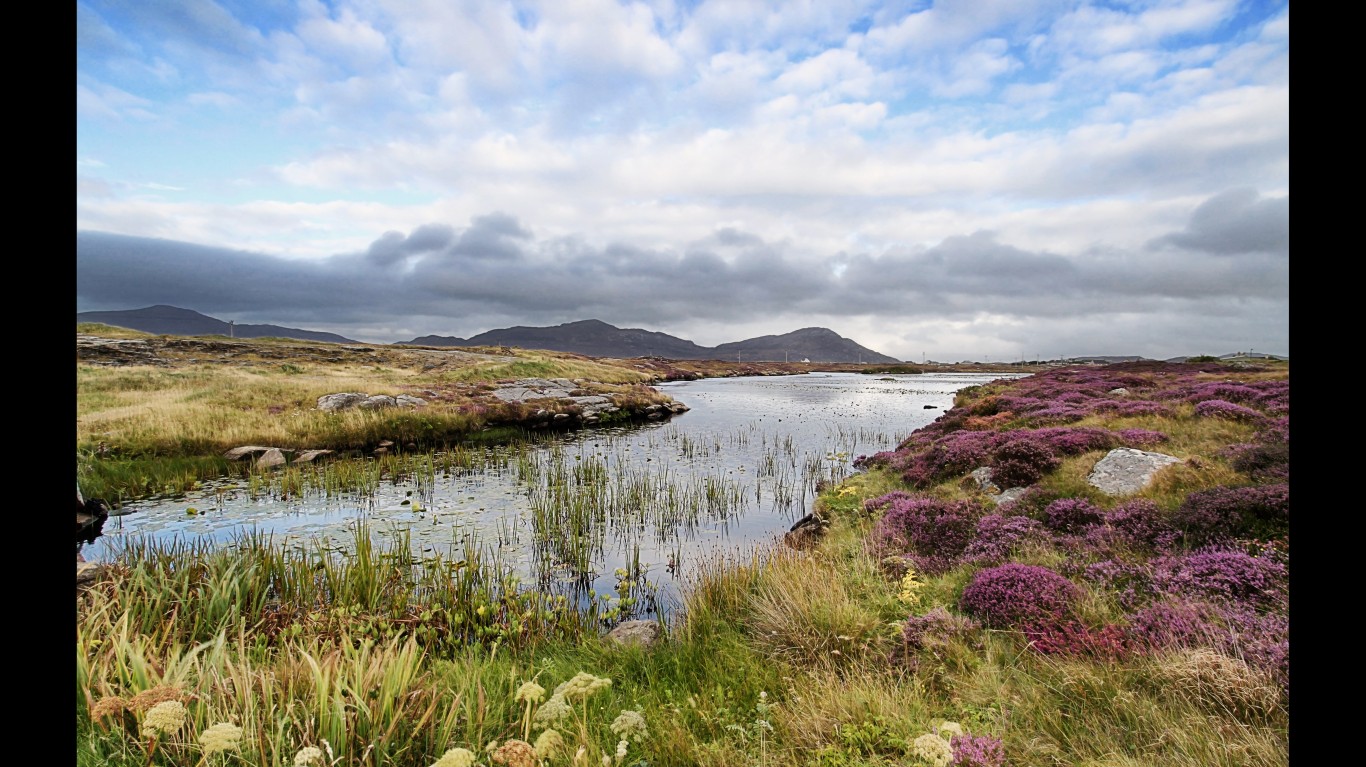
United Kingdom
> Animal Protection Index grade: A
The United Kingdom has a long tradition of taking care of animals, and that is reflected in governmental involvement. The Department for Environment, Food and Rural Affairs has responsibility for animal welfare, with the exception of scientific research. The department says on its website that animal welfare is one of its top priorities. The U.K. gets API’s highest mark for government accountability for animal welfare. Other areas where the U.K. receives its highest grades from the Animal Protection Index are: formal recognition of animal sentience; laws against causing animal suffering; protecting animals used in farming, scientific research, and as companion animals.
[in-text-ad-2]

Switzerland
> Animal Protection Index grade: A
The Central European nation received API’s highest marks on the Animal Protection Index for its formal recognition of animal sentience; laws against causing animal suffering; and for protecting animals used in farming and scientific research. As of August 2016, there were at least 49 species in Switzerland classified as endangered, according to the IUCN.

New Zealand
> Animal Protection Index grade: A
New Zealand gets its highest grades for its laws against causing animal suffering and for protecting animals used in farming, in captivity, companion animals, and animals used in research. Animal welfare is not taught in New Zealand schools. New Zealand has passed conservation acts to protect plant and wildlife, beginning with the 1934 Native Plants Protection Act.
[in-text-ad]

Austria
> Animal Protection Index grade: A
Austria received the highest possible score in formal recognition of animal sentience; laws against causing animal suffering; and protecting animals used in farming, scientific research, and as companion animals. In Austria, two species of mammals and three species of freshwater fish are considered to be critically endangered, according to the International Union for Conservation of Nature.
Credit card companies are at war, handing out free rewards and benefits to win the best customers. A good cash back card can be worth thousands of dollars a year in free money, not to mention other perks like travel, insurance, and access to fancy lounges. See our top picks for the best credit cards today. You won’t want to miss some of these offers.
Flywheel Publishing has partnered with CardRatings for our coverage of credit card products. Flywheel Publishing and CardRatings may receive a commission from card issuers.
Thank you for reading! Have some feedback for us?
Contact the 24/7 Wall St. editorial team.